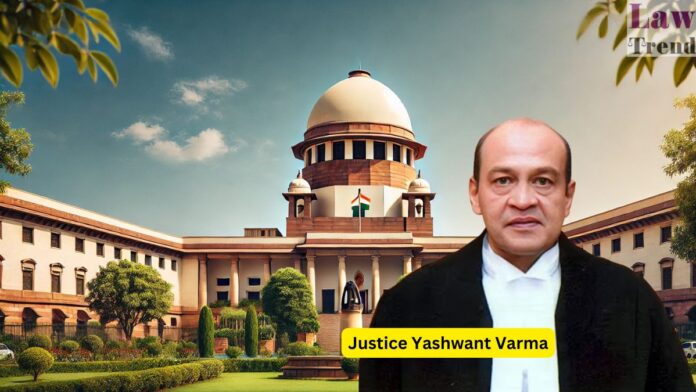New Delhi: In a significant ruling, the Supreme Court of India on Thursday dismissed the writ petition filed by Allahabad High Court judge, Justice Yashwant Varma. The petition challenged the legality of an in-house inquiry committee report that found him guilty of misconduct and the subsequent recommendation by the then Chief Justice of India, Sanjiv
To Read More Please Subscribe to VIP Membership for Unlimited Access to All the Articles, Download Available Copies of Judgments/Order, Acess to Central/State Bare Acts, Advertisement Free Content, Access to More than 4000 Legal Drafts( Readymade Editable Formats of Suits, Petitions, Writs, Legal Notices, Divorce Petitions, 138 Notices, Bail Applications etc.) in Hindi and English.




